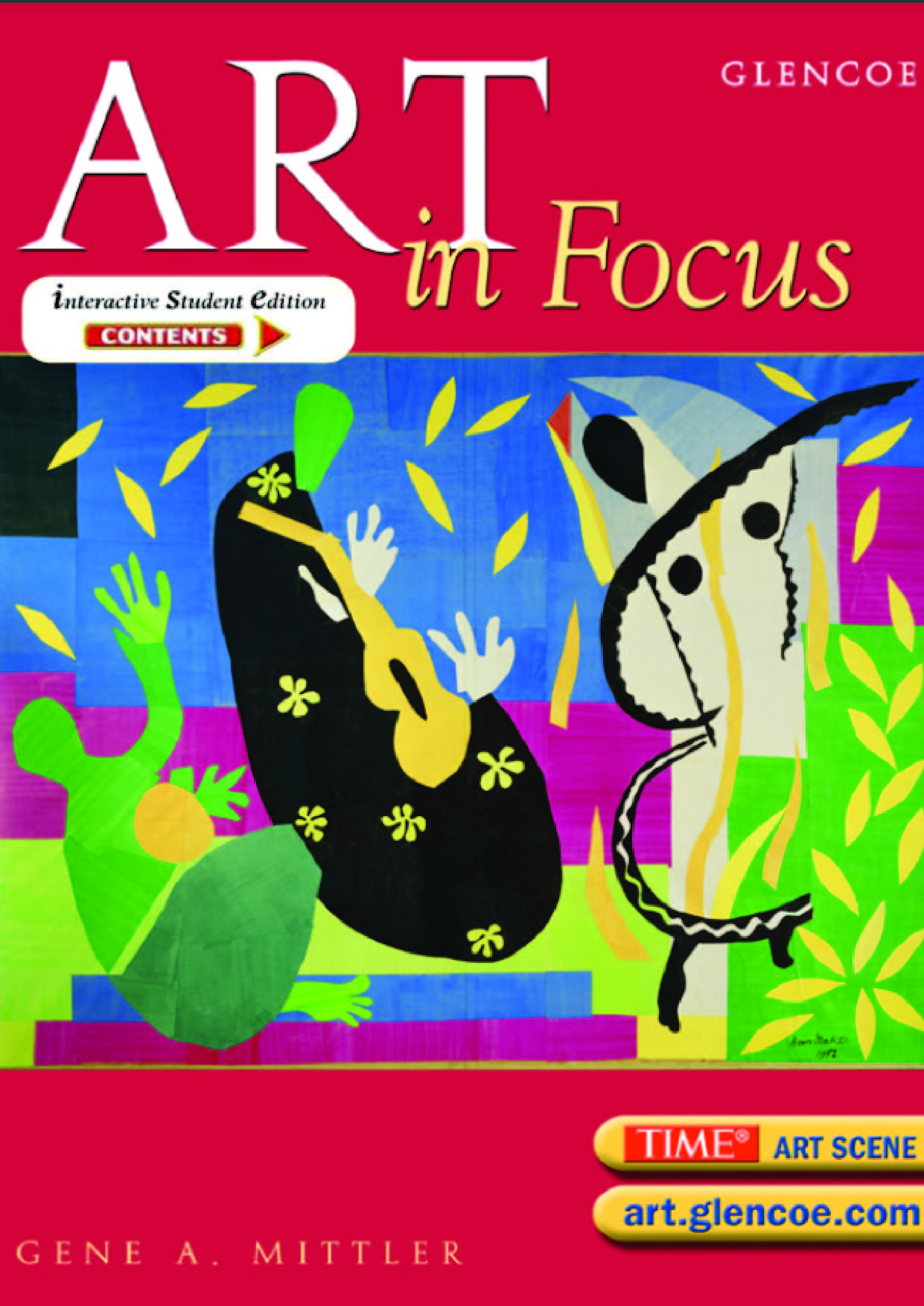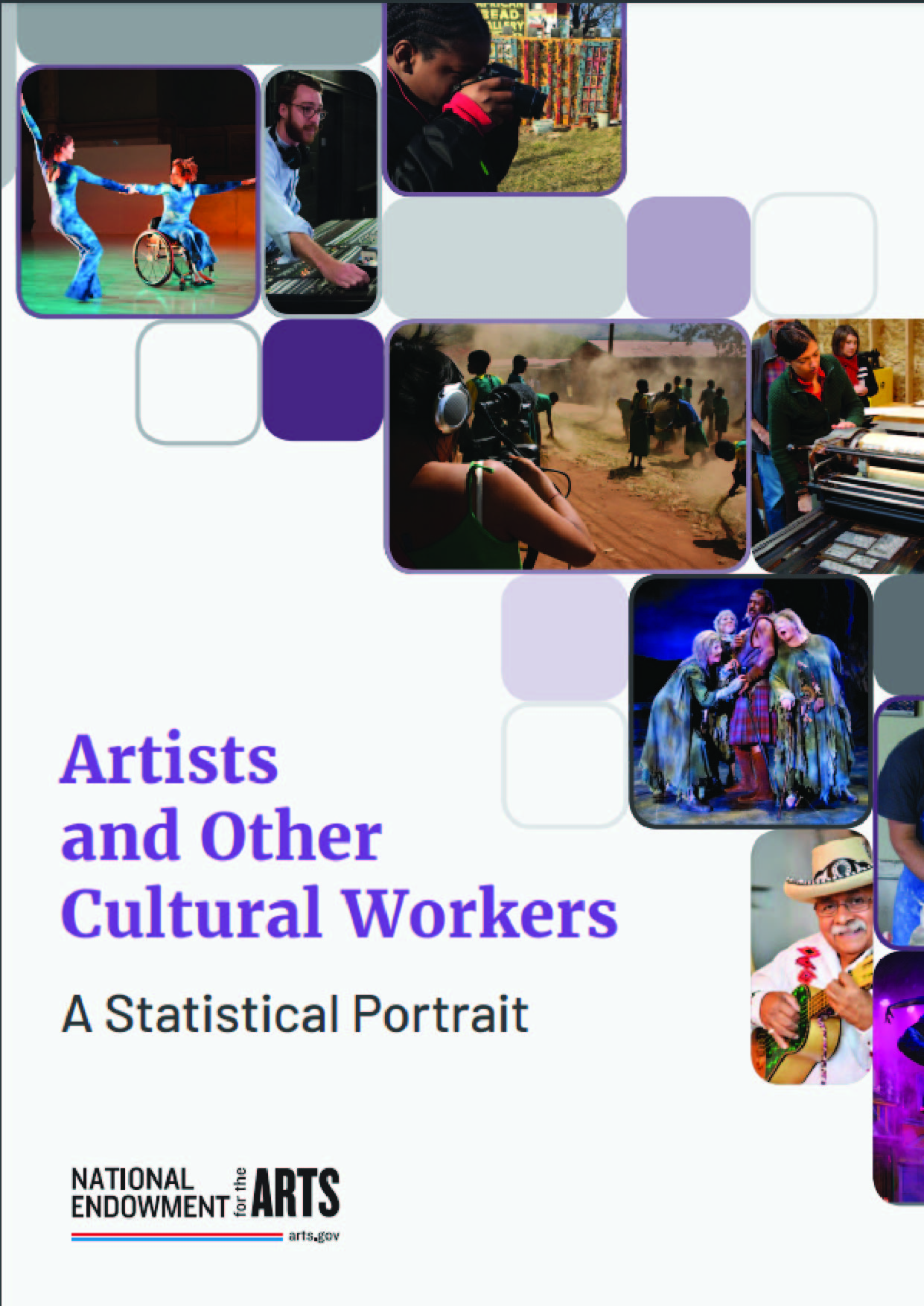This fundamental material established core vocabulary and concepts that will be used through the course. These six groups below will help students be able to understand how music works, breaking the music down in the sonic elements. Each group—Timbre, Dynamics, Pitch, Melody & Harmony, Time & Form, and Texture.
The word timbre (pronounced: tam-ber) can be highly subjective. Timbre is the way something sounds, e.g., the singer sounds nasal. Synonyms for timbre often include “tone color,” “sound quality,” or “character of sound.” This concept is not meant to be a judgement statement, but a description that helps to identify similarities and differences between sounds and musics.
Imagine trying to describe two instruments of the same type, a guitar and a ‘ukulele, for example. Describing the way these two instruments sound similar and different helps to distinguish them sonically, see Examples 1.1 (guitar) and 1.2 (‘ukulele) below.
Describing two or more unrelated instruments/sounds can be easier. However, if the instruments are playing the same, it can still be difficult to distinguish them, see Example 1.3 below.
The examples below demonstrate different types of timbral descriptions, but there are numerous descriptors to use. Listen to each example and describe what you hear. What sounds similar between Examples 1.1 and 1.2? What sounds are different between the three instruments in Example 1.3?
Other ways to describe timbre are to point out features used by the voices/instruments. The singer in Example 1.4 is using a strong vibrato but the melody in Example 1.3 uses a straight tone. Chinese jingju is known for its nasal qualities (Example 1.5) while the singer in Example 1.4 has a full round sound. There are numerous descriptor words that will be addressed in this class, some may include: rough/smooth, falsetto/chest voice, airy/full, etc.
- VIBRATO – a pitch fluctuation added to a sustained note for a richer sound
- STRAIGHT TONE – lack of pitch fluctuation on a sustained note
- NASAL – closed off timbre that sounds like it is produced from the nasal cavity
- ROUND – open timbre with full resonance
MELODY & HARMONY MELODY – a sequence of pitches perceived as a unit (synonym: tune) Like pitch, “melody” is both a specific term, as defined above, and a grouping of related concepts. The melody is the main line of interest, the tune you are left with after hearing a piece of music. Think of pop music and the tunes that get stuck in your head. It is the melody that stays with you, not the background sounds and rhythms. Melodies can be described with many characteristics from the way the melody line moves to the way other sounds harmonize with or support the melody.











